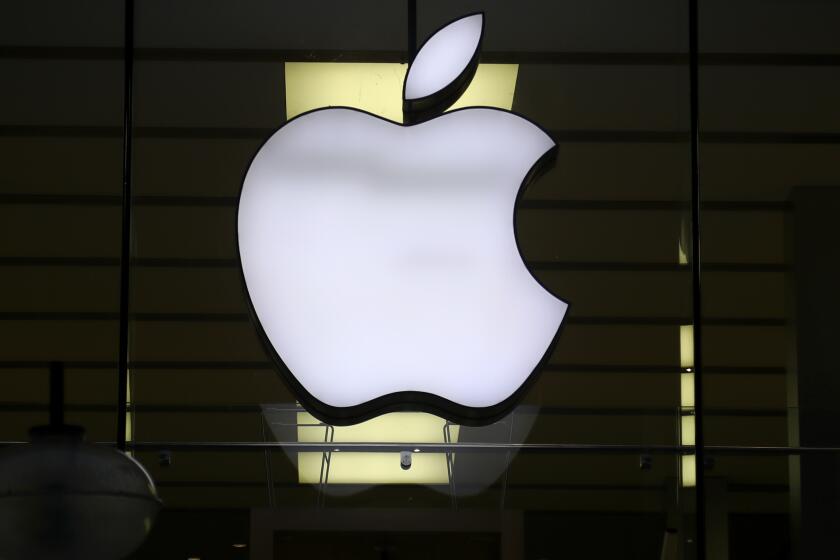Microsoft’s Antitrust Woes
- Share via
Here is a chronology of the antitrust actions involving Microsoft Corp.:
June 1990: The Federal Trade Commission secretly investigates possible collusion between Microsoft and IBM Corp. but ultimately takes no action and closes the investigation after commissioners deadlock.
Aug. 1993: The Justice Department takes over the Microsoft investigation, getting the company to sign a consent decree in 1994 agreeing to change contracts with PC makers and eliminate some restrictions on other software makers.
Oct. 1997: The Justice Department sues Microsoft, alleging that it violated the consent decree.
May 1998: The Justice Department and state regulators file a landmark antitrust suit against Microsoft.
Oct. 1998: Antitrust trial begins before U.S. District Judge Thomas Penfield Jackson.
Nov. 1999: Jackson releases preliminary findings, labeling Microsoft a monopoly that has used its position to harm competition and consumers.
April 2000: Settlement efforts collapse. Jackson finds Microsoft in violation of antitrust laws. The Justice Department urges the court to split Microsoft into two companies.
June 2000: Jackson orders the company be split into two companies.
June 2001: A federal appeals panel reverses Jackson’s breakup order but rules that Microsoft violated antitrust laws. The court orders a new penalty phase and disqualifies Jackson from presiding over the case because of “deliberate, repeated, egregious and flagrant” violations of judicial ethics during trial.
Aug. 2001: U.S. District Judge Colleen Kollar-Kotelly is named to preside over the new penalty phase of the antitrust case.
Nov. 2001: The Justice Department reaches a tentative settlement with Microsoft. Nine of the 18 states that joined in the suit refuse to agree to the pact.
March 2002: So-called Tunney Act hearings begin to determine the settlement’s fairness to the public. The lawsuit by the nine states opposing the settlement is scheduled to begin.






